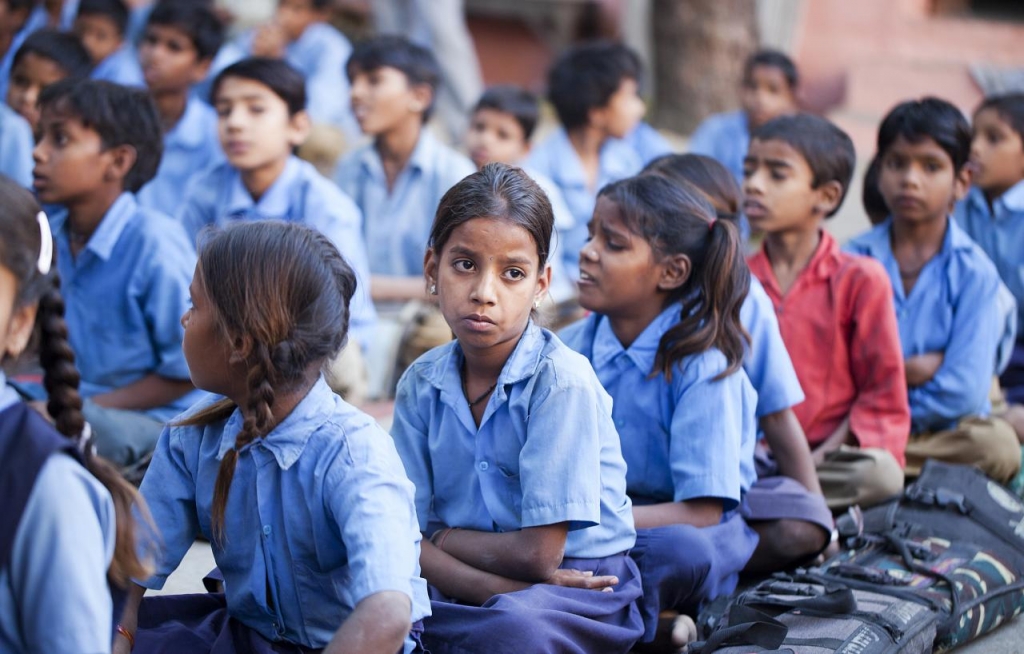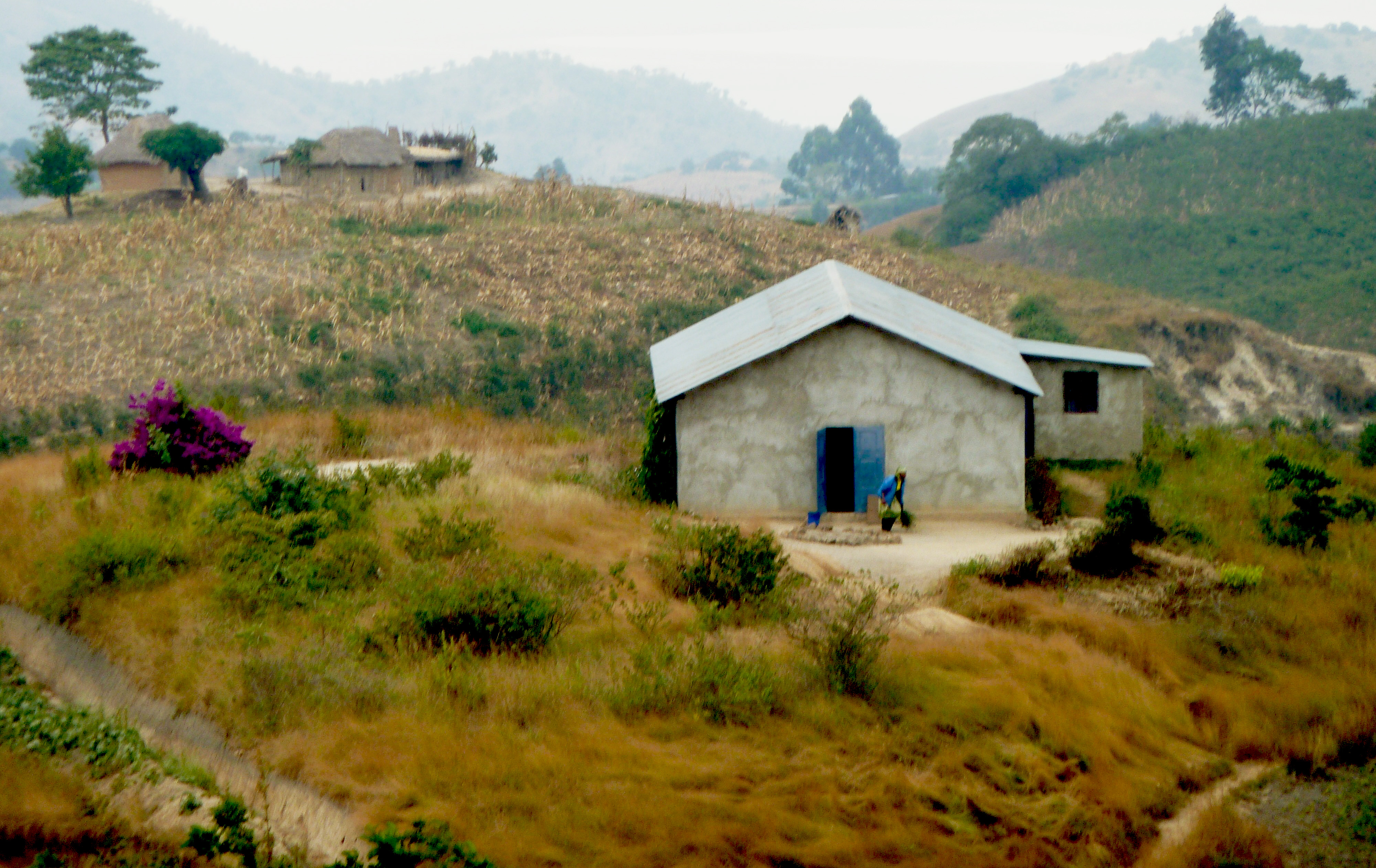In the second of this two-part article on promoting gender equality through schools, Anushna Jha and Mehrin Shah provide a road map for South Asia in which schools and the government work together.

The Status Quo-
While incidents of rape, sexual harassment, and gender-based violence have become commonplace today, they rest on a deep-rooted structure of patriarchy and gender inequality. This structural feature is given great prominence by society and its many institutions. From the time a child is born, gender inequality has a strong influence. From homes to schools and thereon, codes of conduct set out for girls and boys are unequal and premised on an assumption of superiority and domination of males over females. These are subsequently internalised by children to grow up to perpetuate gender-unequal behaviours.
If we are to arrest this problem of gender-based violence, the focus must be on tackling gender inequality. As we saw in the previous part of our two-part blog, some schools and educational authorities have taken steps to address gender inequality and consequently promote gender equality. They have met with considerable success, especially given the mammoth scale of the problem.
A Call for Action-
For the South Asian region, where son-preference, the phenomenon of ‘missing women’, and increasing incidents of gender-based violence are becoming rampant and even normalised, such measures are desperately needed. Promoting gender equality in/through schools needs to be embedded in the practice of education and transmitted to the next generation of adults. In the second part of our two-part blog on promoting gender equality through schools, we shall outline changes/reforms that would be needed to operationalise the recommended initiatives we discussed in the first part. Here are a few macro-level reform strategies that may be considered-
- Pan-country commitment to gender-aware and gender-equal curricula
A concerted attempt at promoting gender equality would require a strong commitment on part of governments in the region. Political will to establish cooperation and solidarity with provincial/state educational ministries to work towards elimination of gender inequality through schools could have a strong positive impact and give this initiative a much-needed national vigour. Inter-ministerial collaboration, for example among the education, women’s welfare, and finance ministries- to chart out policies and programmes aimed at increasing gender awareness in schools, gender sensitive curriculum, apportioning funds for the same would be critical. Sharing of data in the form of baseline study reports, identification of changes needed in the curricula, and creating procedural framework to make it gender-aware would be required too.
- Compulsory consent classes in every school- government and private
Consent is a basic yet very important code of conduct – a No means No and only a Yes means Yes – making students understand the importance of consent is of prime importance. Having consent classes in schools might seem a small initiative but the results would go a long way in instilling gender equality into the consciousness of students. A consent class every week involving both girls and boys; arranging activities/role plays in understanding consent could be effective in changing the attitudes and thought processes of students.
- Teacher training programmes to include a mandatory course on ‘how to promote gender-equal classrooms’
Teachers form the linchpin of the school system through their role in driving classroom interactions and working closely with students. Therefore, their involvement is paramount when it comes to an attempt to bring about attitudinal and behavioral change in students. It would be imperative to target teacher training in order to ensure gender-equal education for students. Teacher education programmes currently being run in almost all countries in the region must entail a critical component of promoting gender equality in classrooms. An assessment to indicate basic level of gender awareness and knowledge on how to ensure gender equal classrooms would be a prerequisite to getting the job of a teacher. For those already working as teachers, mandatory in-service trainings would be needed.
- Anti-sexual harassment cell in every educational institution- primary, secondary, and higher educational institutions
To report cases of sexual harassment faced by students and staff members and ensure support to a complainant in filing the report with the police, through legal proceedings, and seeking any medical help, anti-sexual harassment cells need to be constituted in every educational institution. Although such cells exist in some higher educational institutions, they need to be further strengthened and also be set up in schools and colleges where they don’t currently exist. These cells would work in coordination with local police officials so that a mechanism of redressal is established.
- Gender awareness sessions for parents on understanding prevailing gender inequalities and addressing them at home
Home is the most important learning centre for anyone. School kids who are still in their early learning/developing phase and by default have not much of their own independent thinking, tend to pick habits and attitudes from their family members specially from parents. Therefore, it is extremely important for parents to be gender sensitive and aware of the discriminatory gender roles and biases. Schools could organise such sessions for parents at the start of each academic year or incorporate them when parents come for parent-teacher meetings.
- Workshops for school non-teaching staff on creating a safe and gender-equal environment for students
The environment in school is not just made up of the principal and teachers; non-teaching staff play a major role too. Students tend to spend quite a proportion of their school time outside classrooms – waiting at school gates for their parents to pick them up, interacting with non-teaching staff during break, school functions and so on. Hence, training non-teaching staff is equally important for the creation of a safer and gender sensitive environment in school.
To Note –
Each of these strategies will have to be contextualised in terms of language and terms used, pedagogy and training tools used to explain concepts such as gender and patriarchy, highlight how gender inequality is manifested in that particular society, ways to deal with the same.
Monitoring and Evaluation
For these policy reforms and initiatives to meet success in changing the status quo of gender inequality, it is critical that there is a mechanism of continuous monitoring and evaluation in place. Here, we suggest some ways to assess the impact of gender equality-promoting measures-
- Participant feedback
To monitor the outcomes of these proposed strategies from time to time, feedback from students could be taken in the form of quizzes on gender roles, tests on gender biases, interactive questioning on ‘what I would do in this situation’- on situations pertaining to gender-based inequality/harassment/violence/non-consensual interactions.
- Teacher assessment
Teachers must be assessed for their classroom engagements and whether they are working towards eliminating gender inequality in their classes. This could be done through random classroom observation sessions, anonymously recorded student inputs, regular meetings among the principal and teachers on steps taken in each class to create a conducive environment for both boys and girls.
- School-wise gender reports
Every school could come up with an annual report detailing the steps it has taken to address gender inequality and promote gender equality. This would document the ratio of male to female students in the school, activities conducted by the school on gender-based issues, initiatives in individual classes to promote gender equality, statistics on assessments of students and teachers, and a few testimonials of students and teachers on the changes brought about in their school as regards gender equality. There could be a section on whether the school has organised any outreach activities with the outside community to leverage its influence on parents and the larger society to promote gender equality.
- Gender Audits
To assess the extent to which gender equality has been effectively adopted in policies, programmes, and initiatives in the country, gender audits could be conducted. This would give each country in the region a clear idea of where they stand in terms of their progress towards gender equality. Alternatively, gender audits could be conducted through a regional body like SAARC (South Asian Association for Regional Cooperation). The Education Security and Culture as well as the Social Affairs wings of SAARC could take up the responsibility of overseeing the gender audit. This is likely to achieve a more objective audit than countries conducting their own audits.
To conclude
When schools and governments pledge working towards gender-equal education, it won’t be a service to women and girls; it would be a service to their society, their country, and their future.
Anushna Jha (@anushnajha) completed Master’s in Development Studies in 2018 from the department of International Development at the LSE. She has previously interned with Breaking Barriers UK, Department of Social Welfare, Government of Bihar, India and Vidhi Centre for Legal Policy, a think tank based in New Delhi, India. Her research interests include education policy, gender and education, and public private partnerships in public services.
Mehrin Shah (@MehrinShah) completed Master’s in Development Studies from the department of International Development at the LSE in 2018. She has previously interned at the Aga Khan Rural Support Program in Pakistan. Her primary research interest lies in public policy, specially in areas of poverty eradication, education, and gender.
The views expressed in this post are those of the author and in no way reflect those of the International Development LSE blog or the London School of Economics and Political Science.





